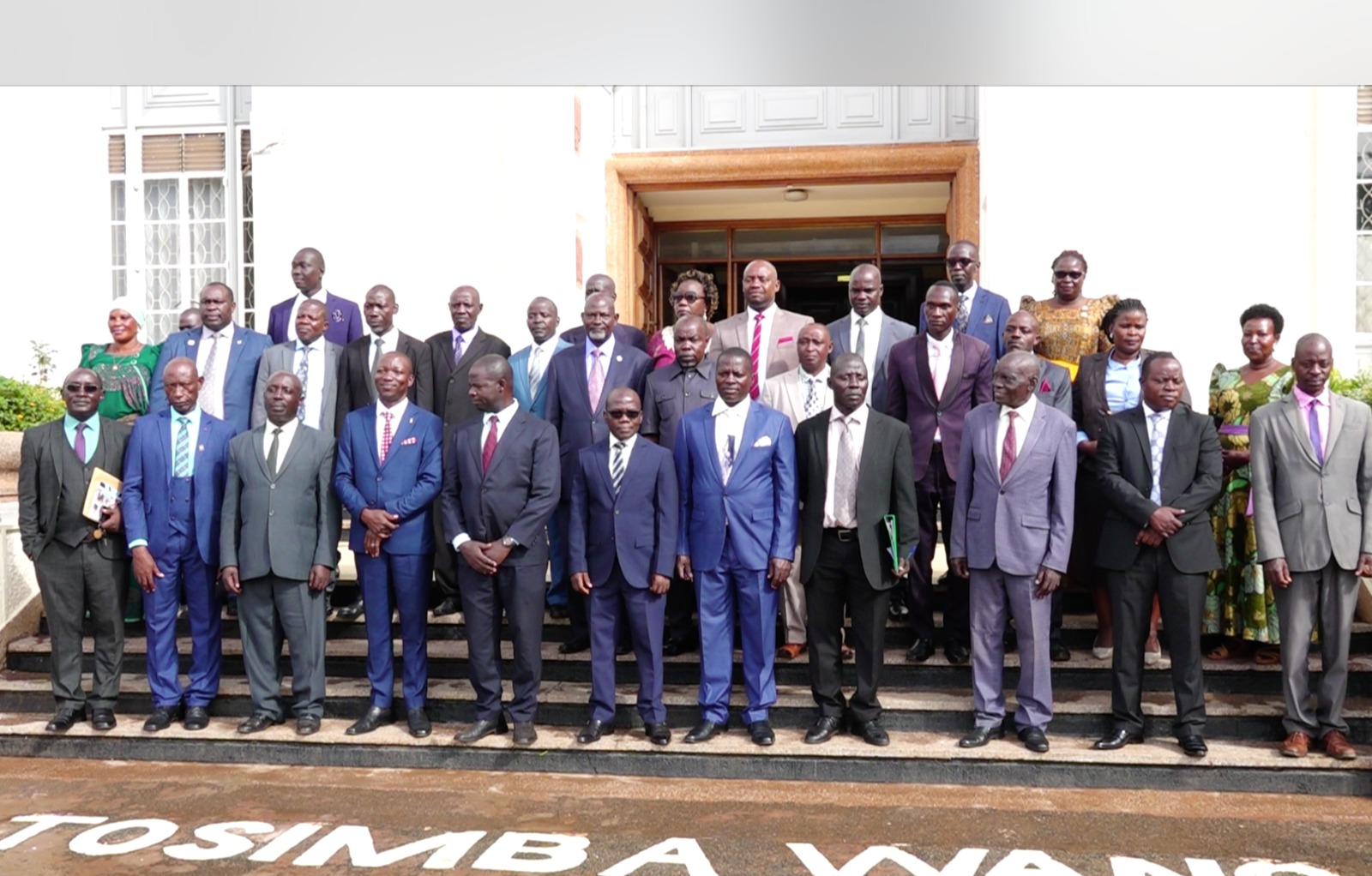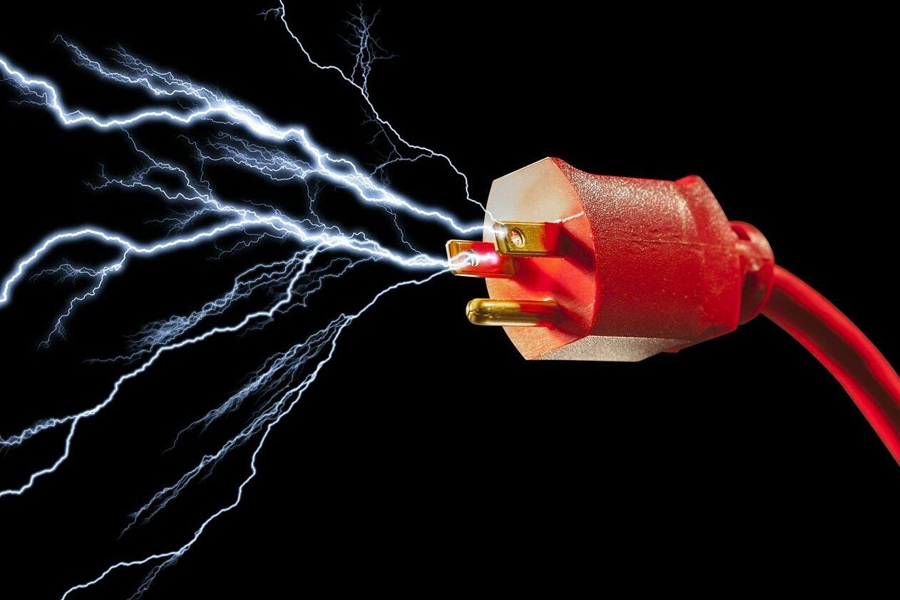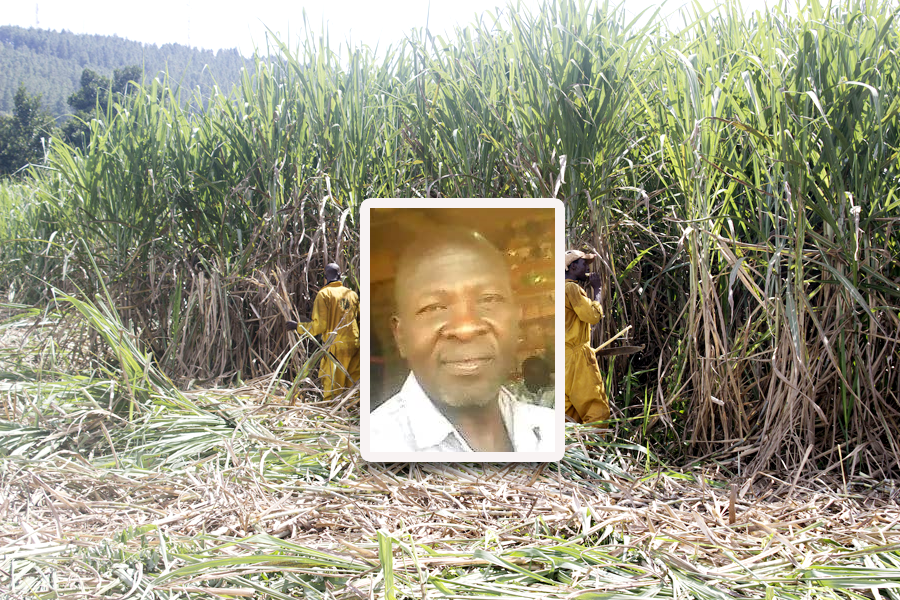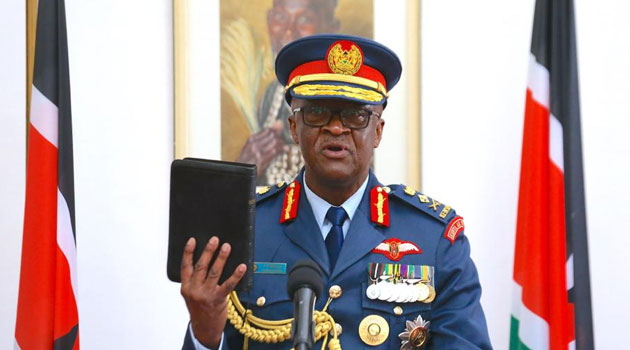How Bigodi Swamp has changed lives in Kamwenge for 27 years
Located at Bogodi village, Bigodi sub -county in Kamwenge district is the 8 kilometre long Bigodi swamp that used to be a corridor for animals to Kibale National Park but later turned out to be a conservation hub for the area.
In 1992, then 29 year old John Tinka, a born of the area together with others introduced an idea of making money out of the wetland for the locals.
In an interview with the Nile Post, Tinka narrated that at first, when he introduced the idea of minting money out of the wetland, elders disagreed with him saying he wanted to sell their swamp.
“I told them that we can start collecting money from both Ugandan and foreign tourists who come here to watch birds. It told them it was for their economic benefit but they accused me of wanting to sell their wetland to whites,” 56 year old Tinka narrated.
He says that he later invited some of the elders for a meeting in which they were convinced they could get some money out of the swamp and consequently this led to the birth of Kibale Association for Rural Environmental Development (KAFRED) a body that manages the swamp turned into a sanctuary.
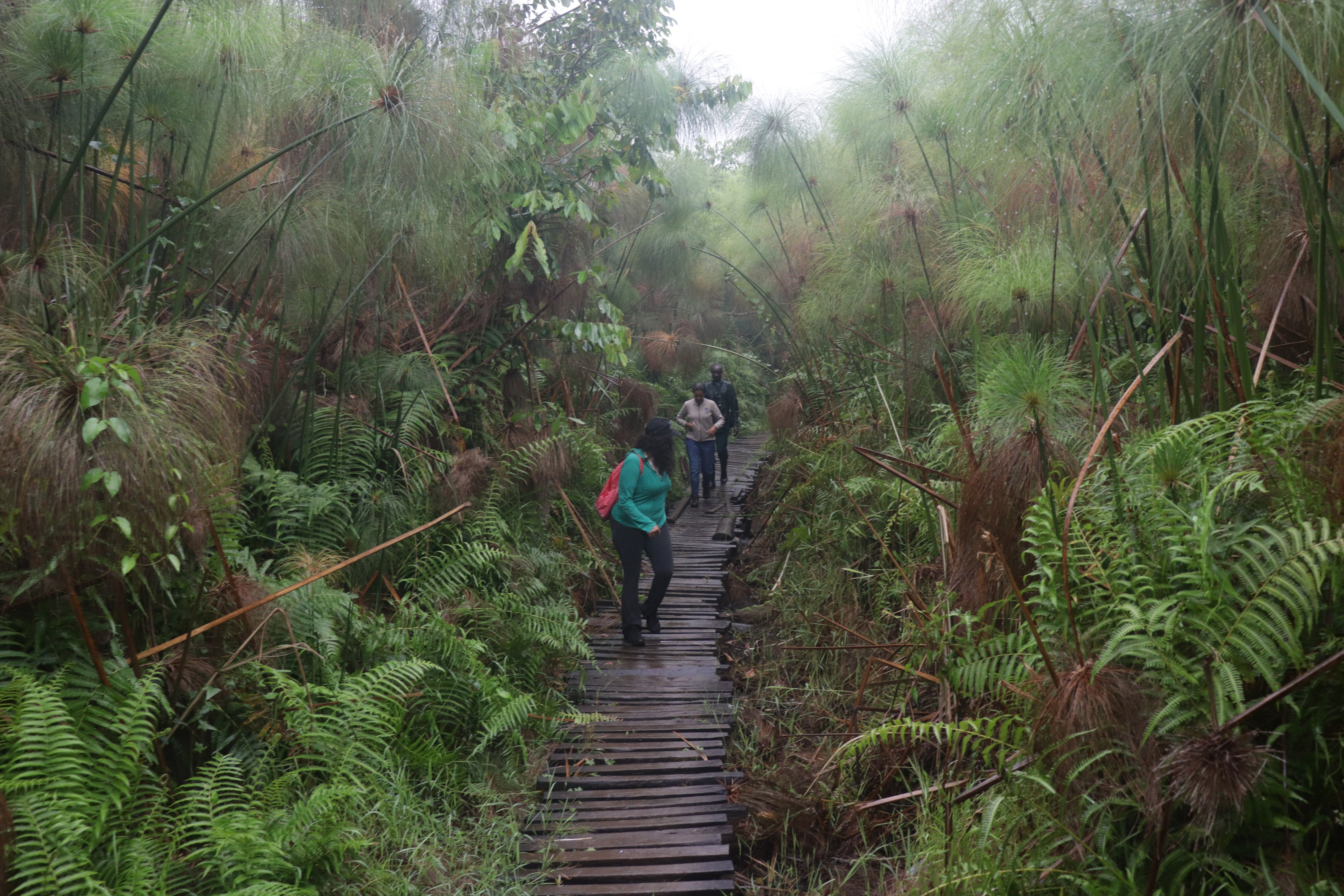 Tourists in Bigodi swamp.
Tourists in Bigodi swamp.
Tourists started frequenting the swamp sanctuary in a bit to take a look at the beautiful species found there that also has a small tropical rain forest.
According to Tinka, they started realising profits from the tourist and later they used proceeds from swamp sanctuary to start a secondary school which was non -existent in the area to benefit the locals’ children.
Meanwhile, farmers surrounding the swamp had problems with the animals invading their crops, prompting KAFRED to support them with two goats for each homestead on top of shs100, 000 interest free loans per year.
“This is meant to ensure they start eco-friendly businesses like rearing of chicken and also to compensate them for the attacks by animals like baboons and monkeys,”Tinka said.
Locals especially women and children also benefit directly from the swamp from where they get materials for weaving. These products are sold to tourists.
Revenue accrued from touring the swamp is used for addressing the various community needs for Bigodi village.
Home Stay Tourism
Because of the booming tourism locals also decided to continue tapping into it by using their homes for hosting tourists in what is termed as home stay.
 Inside the swamp.
Inside the swamp.
According to John Tinka, he started the idea to ensure that the money from the tourists stays among the Bigodi locals.
“I realized we didn’t have money to build lodges but can use our own homes as lodges. I host the tourists at my home and they share the same facilities just like my family members,”Tinka narrates.
He cited an example of food that the tourists feed on that is got from his garden.
“It is an easy thing because one needs like 2 or 4 rooms at their home that can be used by tourists. The services to them are offered by family members and all the money stays home.”
He said the facility can take only five tourists to avoid being burden to family members but says two more locals have also adopted the idea of home stay tourism.
Tinka adds that in a bid to ensure the idea of eco-tourism lives on, he has partnered with the North Carolina zoo in the US to carry out conservation education in all nearby schools.
“We want children to have the idea of eco-tourism right from their schools so they can preserve Bigodi swamp for future use,”Tinka says.
According to Tinka, the Bogodi swamp has been a source of livelihood for 27 years including employing locals as tour guides, helping locals sell items to tourists and changing lives for locals.
“Bigodi swamp is still changing our lives because each day that passes, the number of tourists increases and locals benefit directly and indirectly.”
Rare bird and animal species
The swamp is home to over 200 rare bird species including the great blue turacos, horn bills, king fishers, herons and blue bills among others.
Bigodi swamp also has eight primate species including red tailed ones, vervet monkeys, olive baboons, grey cheeked mangbeys, red –tailed monkeys ,blue monkeys and red colobus monkeys, among others.
The wetland sanctuary nicknamed the ‘home of the great blue turacos’ also has other animal, fish, amphibians and butterfly species.
It is also home to bushbucks, statungas, bush pigs, mongooses, and civet cats among others.
Foreigners are charged Shs 50,000 whereas natives have to part with shs10,000 for bird watching in the Bigodi swamp in Kamwenge district.







